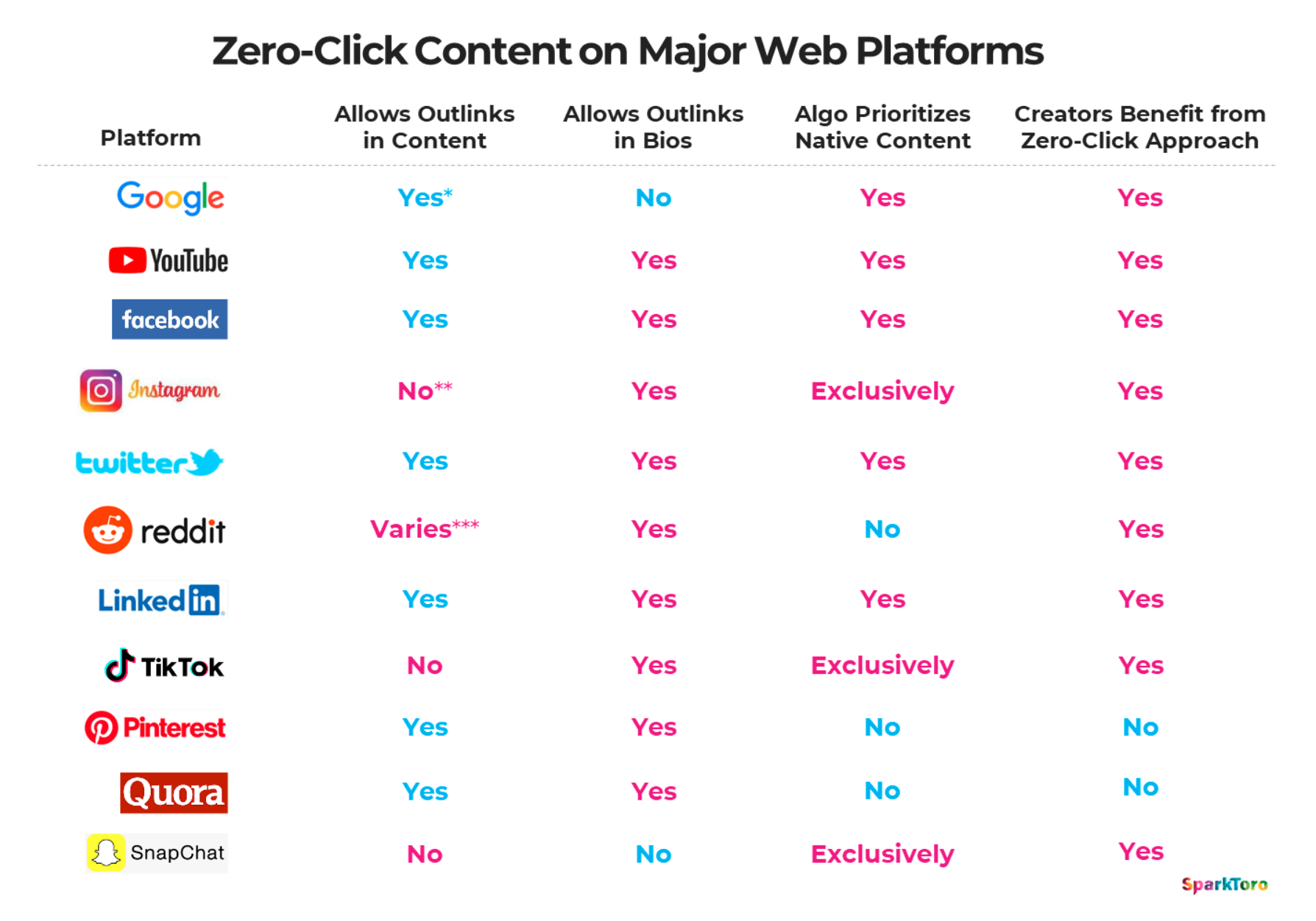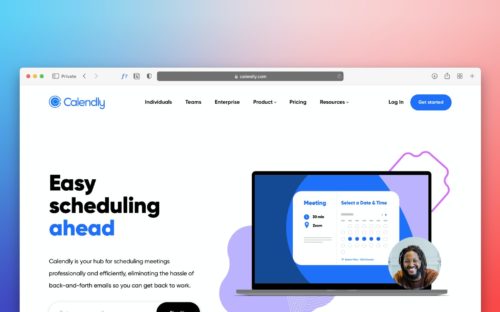Article's Content
A content distribution checklist is a list of the various ways in which you should distribute your content after pressing publish. Here’s an initial checklist that you can use for inspiration when distributing your content marketing assets:
- Share link on LinkedIn
- Republish as an article on LinkedIn
- Share in LinkedIn Group
- Share in DMs
- Publish long form posts
- Share short form posts
- Share link on X (formerly known as Twitter)
- Share as a thread
- Share in the DMs
- Share in replies
- Share link on Facebook
- Share on page
- Share in Group
- Share link on Reddit
- Republish as an article on Medium
- Reshare as a post on Quora
And that’s just getting started.
Content pieces should not live and collect dust on your blog or social platforms. Instead, they should reach and resonate with your target audience repeatedly on different distribution channels. That’s how you win at content marketing.
A content distribution checklist ensures you’re effectively marketing the content you create. Ross Simmonds puts it this way:
Smart marketing teams are embracing the idea that the lifecycle of their content doesn’t end when they hit publish, it’s just beginning. Let’s put marketing back into content marketing.
You put the marketing back into content marketing when you take an active approach to content distribution. That’s why we created this checklist.
With this checklist, you can:
✅ Create a clear-cut distribution plan that goes beyond link dumps on social media
✅ Identify the right channels for your audience
✅ Kill distribution misconceptions that weaken your pipeline
✅ Build an active content distribution engine
The results?
A wider organic reach, more sales, and more ROI from your content marketing efforts.
Ready to scale? Let’s jump right in.
The Content Distribution Checklist: 5 Ways to Get More Eyes on Your Blog Posts
1. Amplify on Social Media
Social media is one of the most popular distribution channels with reason. More than half the world uses social media. That’s 4.62 billion users as of January 2022.
B2B decision-makers self-educate on these channels before making a purchase. So identifying the channels your audience spends time and creating native content there positions your brand as an authority and solution.
The best way to amplify content on social media is to avoid link dumps. Link dumping simply means sharing a link to your blog post or podcast episode, or YouTube video without sharing relevant insights in a way that resonates with your audience. You want to add instant value to your readers by sharing useful insights immediately.
Beyond sharing native content packed with actionable insights, you should ensure readers can get the answers they need on your social platforms without clicking a link that sends them to your website. Amanda Natividad calls this “Zero-Click Content.”

Social platforms such as LinkedIn, Instagram, Reddit, and others reward linkless posts more than those with links. That’s why you should repurpose your content pieces into individual posts readers can consume without clicking to read the rest on your website.
The different ways to do these include:
- Sharing a post on X as a thread
- Sharing a post on LinkedIn as a long-form post
- Sharing on TikTok as a short video
- Sharing to your Facebook page as a short but insightful piece
Put the most relevant information first to attract your audience’s attention, earn their trust, and keep them coming back for more. That’s how you get in the algorithm’s good books and generate more organic traffic.
2. Amplify Through Native Channels
Unlike social media, content syndication is an underrated tactic. Only a few marketers add it to their content distribution checklist.
HubSpot defines content syndication as republishing the same piece of content, with permission, on different websites. It’s a cost-effective way to generate more organic traffic, newsletter subscribers, qualified leads and ultimately boost sales.
Knowing how to syndicate content the right way is important to avoid running into a duplicate content situation. Doing it wrong can hurt your SEO performance as Google dislikes duplicate content.
So how do you syndicate B2B content the right way?
The first step is ensuring you understand and follow platform guidelines to avoid canonical link issues or duplicate content. For example, you can import your bylined published content on Medium using the “import a story” option. That way, Google can tell the content is syndicated.
Some additional organic ways to syndicate content include:
- Repost top-performing content on websites with more audience and authority.
- Update and syndicate older content on websites with the same audience and authority level.
- Write a guest post on another website and ask permission to syndicate to your website, Medium, and LinkedIn.
- Create share-worthy content that attracts other websites to get permission to syndicate your content.
3. Embrace Community Driven Distribution
B2B communities are groups of professionals interested in building relationships while learning from each other. They support and amplify useful content from members. After creating content, you can leverage communities by sharing in a:
- Niche Slack community
- Facebook group
- Discord channel
- Related Subreddit as an answer
- Other industry forums
It’s important to know and respect each community’s guidelines and best practices. Also, find out the general best practices for each channel. For example, Redditors hate marketing so if you want to share your content, it has to be done in a certain way. Here are some resources to help you distribute content correctly on some of these channels:
- How to Contribute to Facebook Groups
- How to Make the Most Out of Reddit in 2022
- B2B Marketing on Pinterest: What It Is & Why It Works
4. Leverage Industry Influencers
Influencer marketing has grown to become a $13.8 billion industry. Many B2B SaaS brands are investing in using niche influencers to amplify their brand’s voice, increase organic reach, and get more customers.
You can leverage industry influencers in a variety of ways:
- Reach out to industry newsletters
- Send a direct message to industry influencers with a link to the blog post you want them to share.
- Respond to influencer tweets. Add value to their tweets by sharing insights from details in a related blog post, then link to your asset
- Engage a TikTok influencer to create content about the asset and amplify it to their audience.
Most of these tips are simple ways to build profitable industry partnerships. For example, we recently had a cross-promotion deal with the Morning Brew newsletter where we amplified our content on their newsletter, and they did on ours.
5. Repurpose, Remix, Reshare
Repurposing, and resharing content over and over again doesn’t get old. That’s because not everyone in your audience saw your content the first time you shared it. You also have new followers and subscribers who haven’t seen your old content before.
The goal is not to keep sharing the same content week after week but to find ways to say the same thing in different ways and content formats. Here are some ways to repurpose content. You can turn the blog post into a:
- YouTube video
- Instagram carousel
- LinkedIn document
- Slideshare deck
- Vertical video
- And so on
Create Once, Repurpose Often, Distribute Forever
There you have it: the distribution checklist that will help get more eyes on your content.
The key to success here is to research your audience and identify the channels your audience spends time on and leverage those channels. That way, you don’t have to spread your efforts across many different channels.
The five ways we shared are only a fraction of the monster distribution checklist we created just for you. We outlined 100 tried and tested distribution tactics in this free content distribution checklist. You can download a copy here to learn how to distribute your content better.








